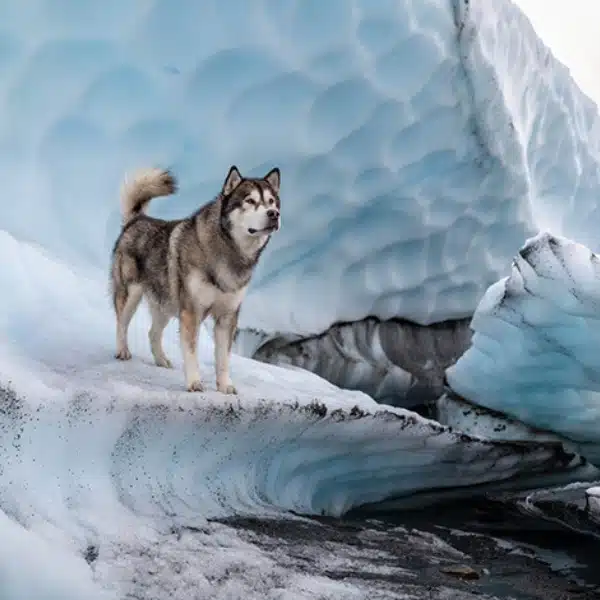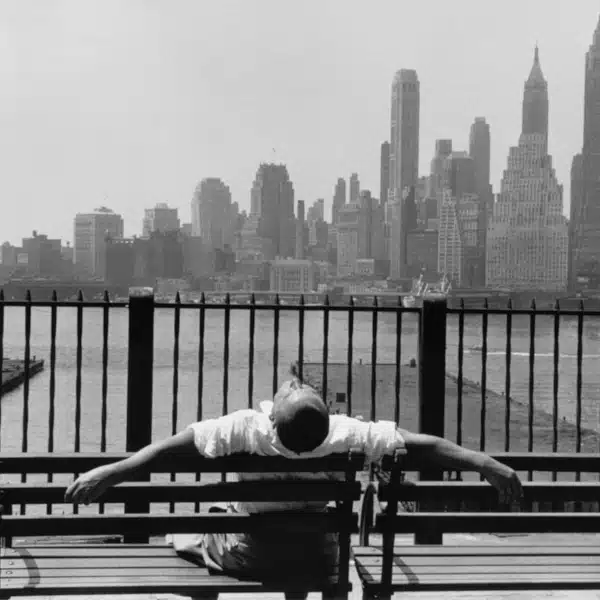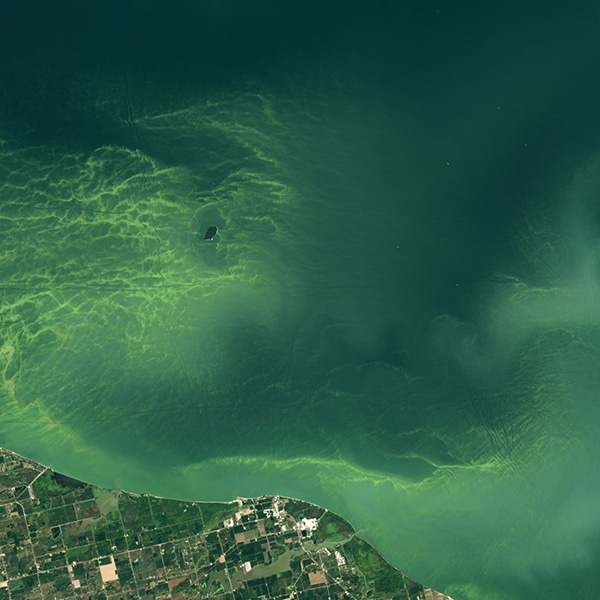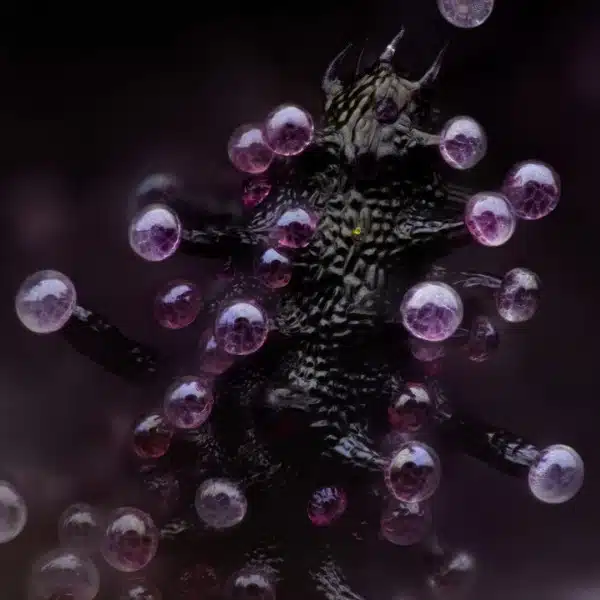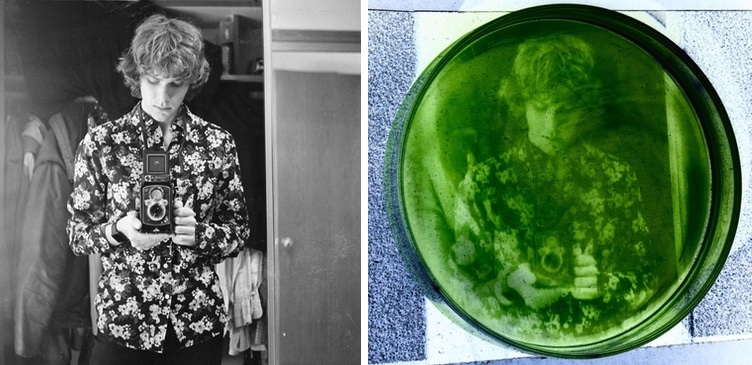
Graduate student Russell Marx is taking experimental photography to a whole new level. Marx, who is currently working on their PhD in neuroscience, has developed an unusual technique where they actually print their pictures onto algae. The results are a striking mix of art and science that demonstrate what a little ingenuity can do.
After Marx discovered some old film in a neuroscience lab where they worked, they purchased a camera to test it out. Their good fortune continued when their grandparents gave them an old enlarger. Now they just needed to figure out a way to print their images without a darkroom. That's where their background in science came in.
“I recalled an undergrad biology class where we looked at starch synthesis in plants by cutting out a stencil and placing it on a leaf,” Marx tells My Modern Met. “Only the sections of leaf that were exposed to the light will photosynthesize and produce starch, so staining newly made starch will stamp a pattern wherever the leaf wasn’t blocked by the stencil.”
Leaf printing is a slow process, so they decided to use a medium that would be a lot quicker—algae. They first experimented with spirulina, but its mobility and growth patterns made it difficult to work with. Marx then transferred over to using Chlorella vulgaris. Since this species is heavier than water, it sinks to the bottom of a petri dish and begins to grow the image when exposed to light.
The results are surprisingly crisp. In sections where light passes through the lighter areas of the film negative, the algae grow darker. It takes about one week of exposure for the finished image to appear. But, in the end, we're left with a green-hued positive image that clearly demonstrates how art, nature, and science can work in harmony.
For Marx, this personal project was the perfect creative outlet. “Lab work can be stressful, and it gives me an outlet where I can apply science without having to worry about academic deadlines,” they shared. “Turning art into science and science into art keeps both fresh and exciting.”
Marx is thrilled to see their idea come to fruition and is now working to take more photographs. They are also brainstorming ways to preserve the final images, as right now they are simply floating in water and will be damaged if handled too much. Growing the algae in a gel or siphoning off the water and pouring in resin are two ideas they're toying with.
With the incredible results of these first experiments, we can't wait to sit back and see what the future holds for Marx and their algae prints.
Graduate student Russell Marx put their scientific knowledge to use when they decided to print photos in algae.
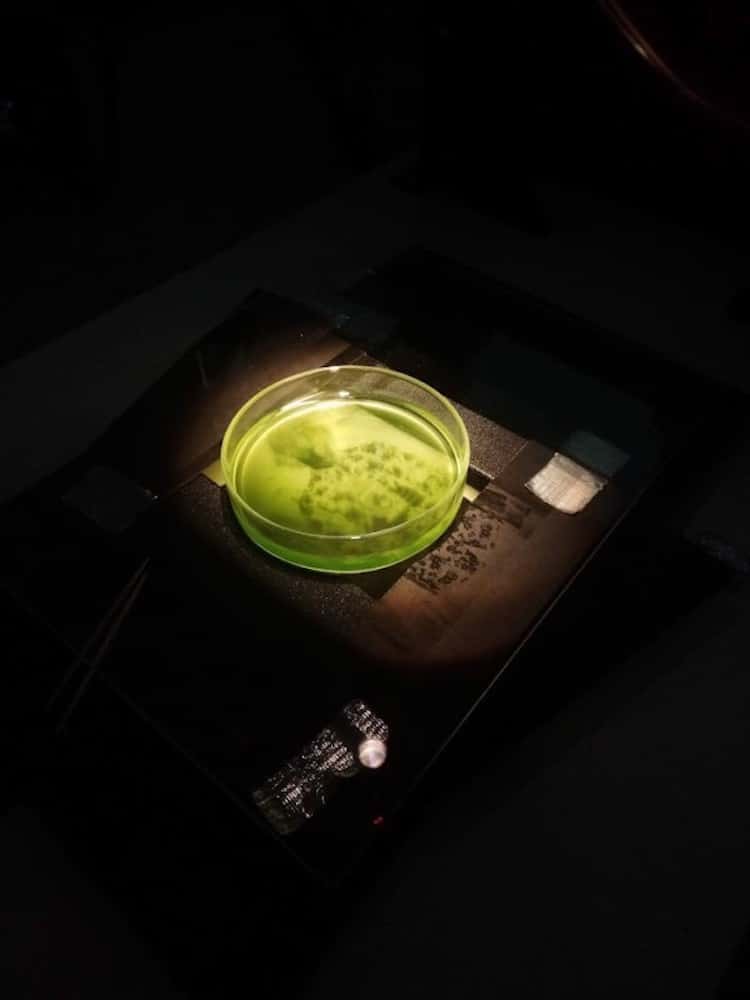
The negatives are exposed for about one week under light before the photos emerge.
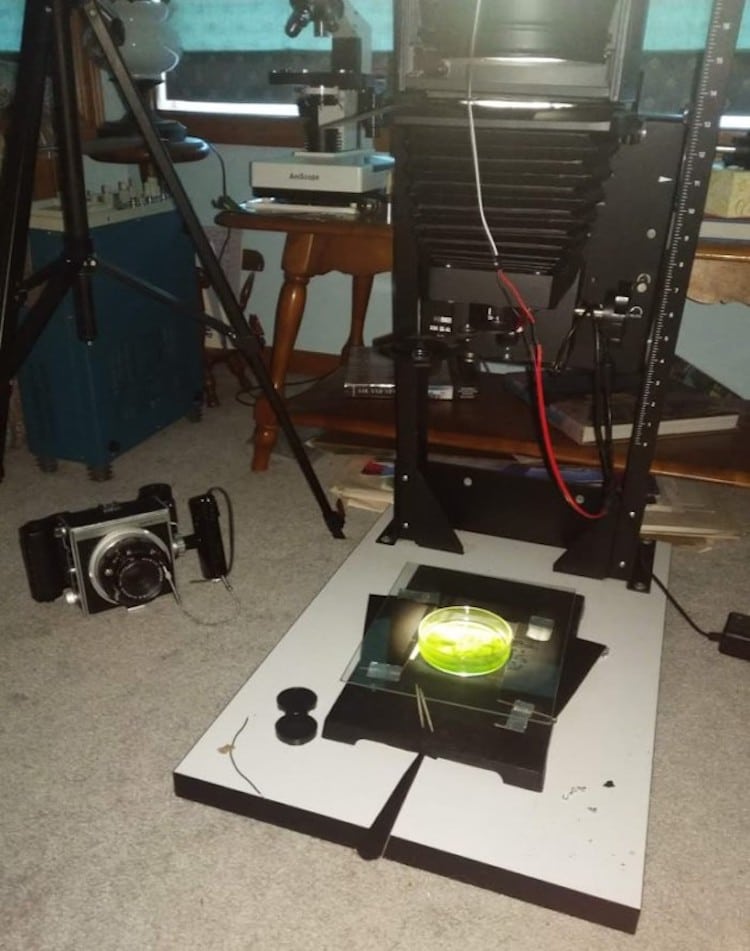
The results are surprisingly crisp and detailed.
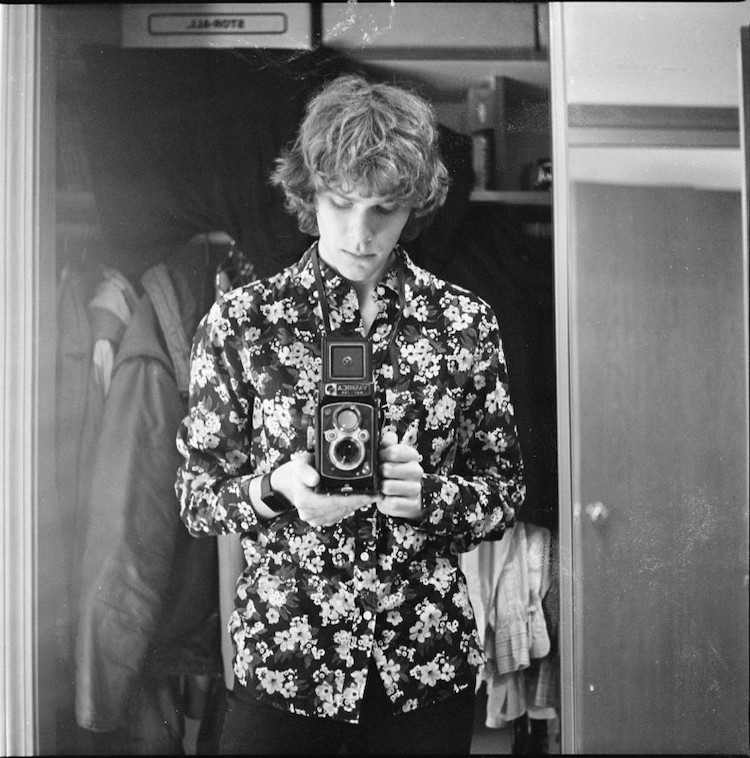
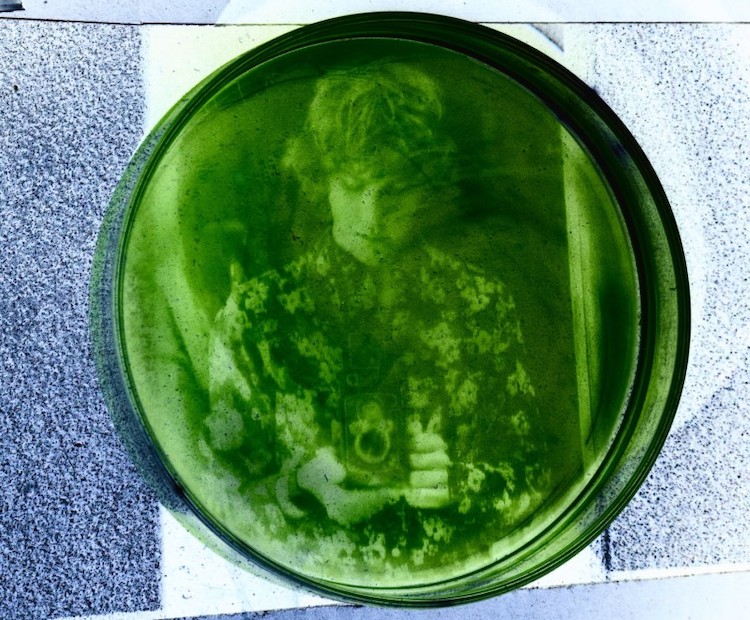
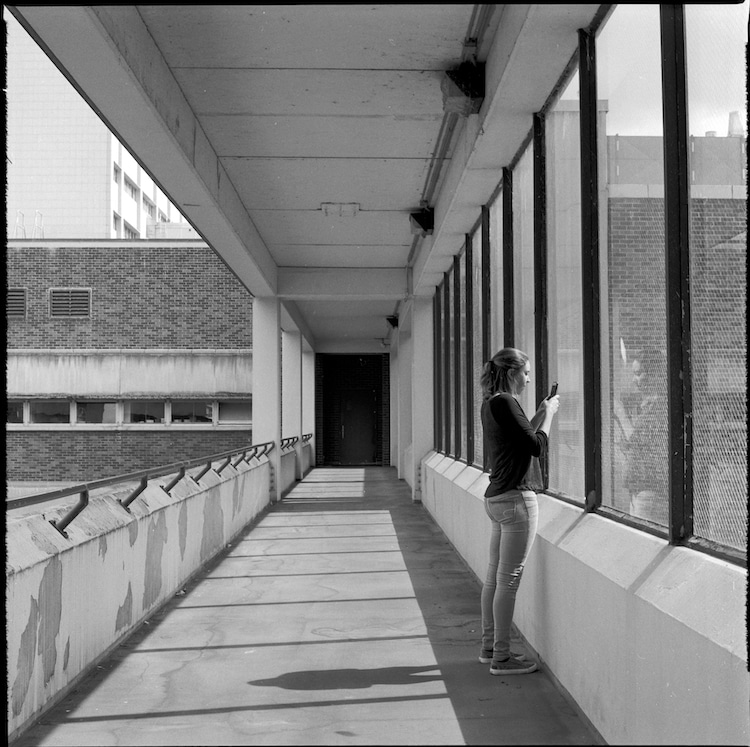

Russell Marx: Website | Twitter
My Modern Met granted permission to feature photos by Russell Marx.
Related Articles:
Incredible Mixed Media Collages Blend Science and Art
Capturing Unexpected Photos of Crystallized Substances Under a Microscope
Photography Experiment Reveals Surprisingly Otherworldly Patterns of Whiskey











































































